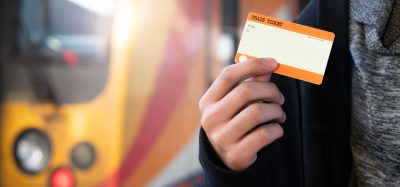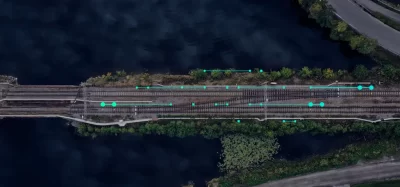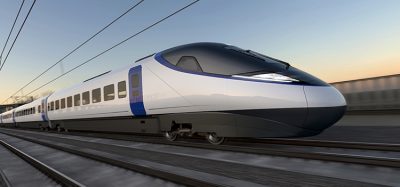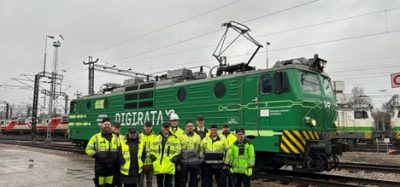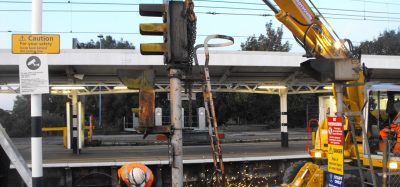Norway: On track to operate Europe’s most modern digitalised railway
Posted: 6 February 2020 | Eivind Skorstad | No comments yet
It is no secret that Norway’s signalling system is in desperate need of revitalisation. For passengers, punctuality is critical, and Norway has recognised the need to renew and digitalise its signalling system. Here, Project Director of System Deliveries for ERTMS at Bane NOR, Eivind Skorstad, explains how Norway’s state-owned company responsible for the country’s national railway infrastructure has signed with three suppliers and is currently on track to open the first ERTMS line in 2022.
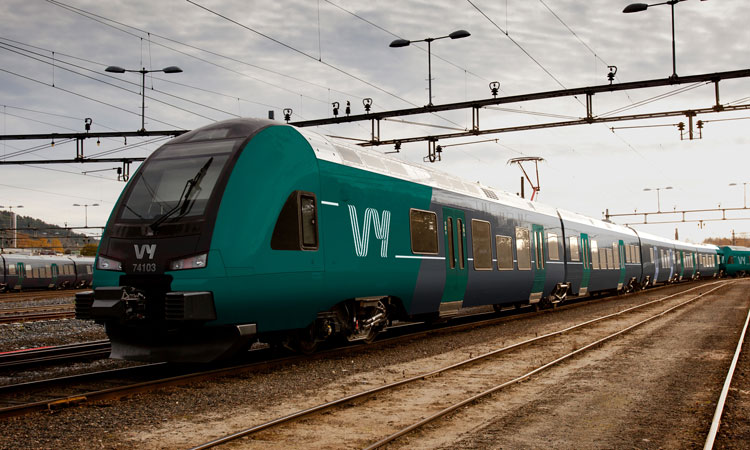

TODAY, we have 336 interlocking sites and 15 different signalling systems across the country, of which 80 per cent are relay based. Most of these systems will reach the end of their design life during the programme’s timescale. In other words, the driving force for introducing ERTMS is the need for renewal of the existing interlockings. As we see it right now, Norway is on track to becoming the first country to operate in the ‘one country, one interlocking’ architecture, making it at the forefront of digitalisation. This makes us very excited.
Optimistic results from the ERTMS Pilot Line
Although we plan to open the first ERTMS line in October 2022, some passengers are already experiencing the new signalling system daily. In 2015, passenger trains equipped with ERTMS Level 2 BL 2.3.0d systems started to run on the ERTMS Pilot Line between Ski and Sarpsborg in eastern Norway.
The pilot line has given us valuable insight into the ERTMS technology. In 2018, this line had the best punctuality in Norway, with as much as 40 per cent less errors than lines where old signalling systems are still in use. The pilot line has become one of our most reliable routes, with a punctuality rate of 94 per cent this year. In other words, experience shows that the new system gives our customers a significantly more punctual and predictable journey.
Three important suppliers onboard
The ERTMS procurement in Norway is divided into three: A national Traffic Management System (TMS), the trackside signalling system, and on-board equipment. During 2018, we signed contracts with three very important suppliers.
The TMS will cover the whole railway network and will replace three existing systems for traffic management. The contract for the development of the TMS was awarded to Thales. Based on their ARAMIS system, the solution will be enhanced to provide a cyber-secured and cloud ready platform with a fully adapted Human-Machine Interface (HMI).
The actual signalling system will be delivered by Siemens – the contract is not only the largest single delivery ever for Siemens in Norway, but also for their rail infrastructure business. The digital interlocking system, with IP controlled field components, and ERTMS is key to improving operations and maintenance. This architecture also opens the door to future developments such as implementing driverless technologies, and moving the interlocking to the cloud, which would make data instantaneously available to transport operators. Proprietary hardware and spare parts would then be a relic of the past.
Bane NOR and 14 rail vehicle owners have signed agreements with Alstom for the development and delivery of the on-board equipment. The solution they offer is based on Alstom’s Atlas range of ERTMS solutions and features a dual system, enabling the trains to run on both legacy lines and lines equipped with the ERTMS Level 2 system. The design and software minimise the equipment in the dual system by sharing some on-board components, namely the balise antenna and the computer. Serial train fittings are due to start in 2021, and the entire fleet, consisting of more than 400 trains, is to be equipped before September 2026.
5,000 employees to be retrained
The programme recently reached another milestone. On 31 October 2019, we officially opened Campus Nyland: A new competence and test centre for the development and inauguration of the new digital signalling system, European Rail Traffic Management System (ERTMS).
The railway will now have a competence centre in the intersection between history, daily operations, maintenance, development, and innovation. Over 5,000 employees throughout the entire rail sector – Bane NOR, rail companies, maintenance companies, and contractors – will now go back to school. Campus Nyland will make these existing working groups able to handle new technology and navigate the new routines ERTMS will introduce.
The test lab comes equipped with actual technical components from all the central systems delivered through the ERTMS programme. This includes both signalling and safety installations, traffic management system, and the components to be installed in the trains. In addition to Bane NOR, suppliers Alstom, Siemens and Thales, will use the lab for testing of the digital signalling system.
A combined learning and exhibition area will make up another part of Campus Nyland. Here, Bane NOR will employ new technologies, for example Virtual Reality (VR), to visualise how the train lines will be upgraded with ERTMS, as well as the train and traffic control centres layouts.
We say that Campus Nyland will power the digitalisation of the railway in Norway. This hub of competence will be central in the development of a future-oriented infrastructure.
Testline in 2020
In early-2020, Bane NOR will open a new testline in east Norway. This is a line between Roa and Hønefoss that is 32km-long. Siemens has already delivered the installation of a Radio Block Center and balises for train performance testing on ERTMS Level 2 in shadow operation, meaning that security is safeguarded by existing security systems while we wait for the system to be approved. #
From March 2020, Alstom will start testing ERTMS on-board three test trains on the pilot line, and this will all be monitored and tested from our test lab at Campus Nyland. Installation and testing of the delivery have already provided valuable experience with the technical systems and how the underlying data is handed over from Bane NOR and interpreted by Siemens. The test line will be further developed to test the installation, migration, and processes necessary for a successful rollout of ERTMS. When complete in 2034, ERTMS will include 4,200km of track and more than 350 stations.
Eivind Skorstad is a telecommunications engineer and has a Master of Management degree from the BI Norwegian Business School. Eivind has been working in the railway sector for 25 years. He has been involved in various development projects in Bane NOR, among others, including the GSM-R implementation and the construction of the Gardermoen Line. He is currently Project Director for System Deliveries for the ERTMS programme.
Issue
Related topics
Digitalisation, European Rail Traffic Management System (ERTMS), Signalling, Control & Communications



